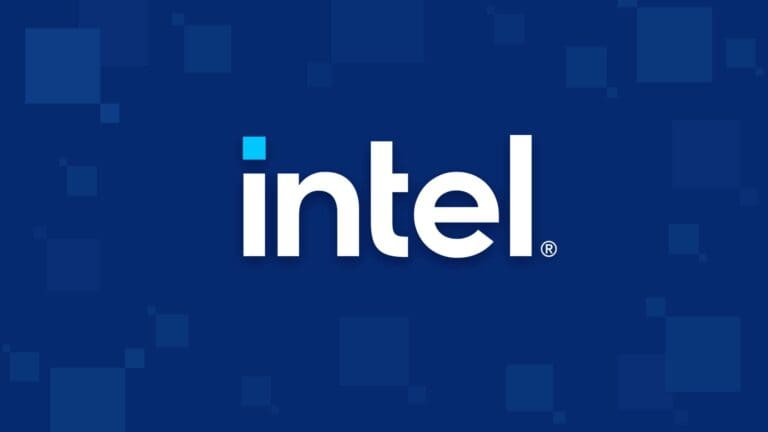Intel is almost ready to mass-produce chips on the 18A node. For a long time, this manufacturing process was thought to be the target moment when Intel would be competitive with TSMC again. What does 18A promise and will it help Intel out of the doldrums?
Upon his Intel return, Intel’s now ex-CEO Pat Gelsinger promised that the chipmaker would develop five nodes in four years. It needed to do so because its manufacturing disadvantage with TSMC had become huge. Where the Taiwanese manufacturer had leveraged ASML’s EUV machines from 2015 to produce ever-smaller nodes, Intel was falling behind, tied down by its old equipment and failed generational shifts. Meanwhile, the latest generation of EUV, namely “High NA” EUV, is imminent. Before that happens, Intel wants to get back alongside TSMC with the 18A process.
Progression all around
18A is known as a turning point within Intel’s processes. It combines the “greatest transistor innovation in over a decade,” according to Intel, with PowerVia, or driving the chip through the backplane, a unique feature. Positive noises have been heard for some time regarding 18A, which already has high yield rates. Now Intel has created a targeted 18A website to promote the process node more clearly. One noteworthy achievement is improving SRAM density, or memory on board the chip itself (the cache).
None of this is all that startling. Once upon a time, Intel would only have shared details about a new process when it actually had a product to introduce on it. More news about Panther Lake, Intel’s first chip architecture on 18A, is yet to come. For now, Intel promises up to 15 percent better performance per watt and 30 percent higher density than Intel 3, on which the latest Xeon 6 processors are built. Intel deems it necessary to share some good news regarding 18A a bit more often, which is understandable given its plight.
Taking advantage
Intel’s interest in making 18A a success is twofold. First, it hopes to win over customers and perhaps snatch them away from TSMC. Second, the advanced process should give it an advantage over its main competitor AMD. Currently, the latter simply seems to be able to do more on similar production methods than Intel when it comes to performance and efficiency. However, such a gap can sometimes be bridged by a process advantage. Intel has not had that advantage for a decade.
Should Intel really achieve the results it promises with 18A, it may well become competitive again with AMD. It has been on the right track in terms of efficiency since Meteor Lake in late 2023, but the ramshackle story surrounding the AI PC took away many positives. After all, promises of killer apps that can only be run locally with NPUs remain.
Also read: Intel may be split up by Broadcom, TSMC in US-backed deal
